- Books Name
- CBSE Class 6 Mathematics Book
- Publication
- Param Publication
- Course
- CBSE Class 6
- Subject
- Mathmatics
Reflection Symmetry
If we draw a vertical line at the middle, the portions on either side of the line are identical. Similarly, in nature we find many flowers, leaves, etc., that have two identical sides if we draw a line through the middle of them.
Mirror Symmetry
Reflection symmetry is the symmetry with respect to reflection. If a mirror is placed along the line at the middle, the half part of the figure reflects through the mirror creating the remaining identical half. In other words, the line where the mirror is placed divides the figure into two identical parts they are of the same size and also every specific part on one side of the line will have its reflection exactly at the same distance on the other side. Thus, it is also known as mirror symmetry or mirror image symmetry.
Here is a picture showing the reflection of the English letter M. You can imagine that the mirror is invisible and can just see the letter M and its image.

Reflection Symmetry
Reflection Symmetry (sometimes called Line Symmetry or Mirror Symmetry) is easy to see, because one half is the reflection of the other half.
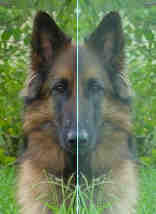
Here my dog "Flame" has her face made perfectly
symmetrical with a bit of photo magic.
The white line down the center is the Line of Symmetry
(also called the "Mirror Line")

The reflection in this lake also has symmetry, but in this case:
- the Line of Symmetry runs left-to-right
- it is not perfect symmetry, because the image is changed a little by the lake surface.
Line of Symmetry
The Line of Symmetry (also called the Mirror Line) can be in any direction.
But there are four common directions, and they are named for the line they make on the standard XY graph.
See these examples (the artwork was made using Symmetry Artist) :
Line of Symmetry
Sample Artwork
Example Shape
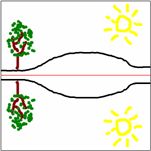
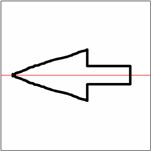
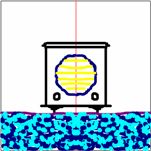
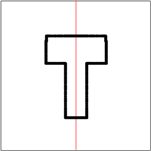
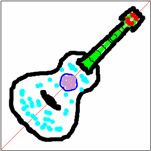
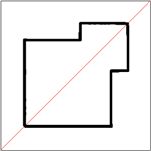
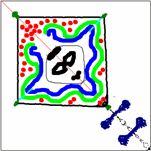
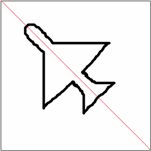
Plane Shapes
Not all shapes have lines of symmetry, or they may have several lines of symmetry. For example, a Triangle can have 3, or 1 or no lines of symmetry:
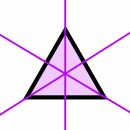
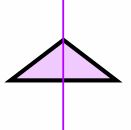
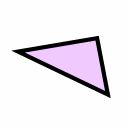
Equilateral Triangle
(all sides equal,
all angles equal)
Isosceles Triangle
(two sides equal,
two angles equal)
Scalene Triangle
(no sides equal,
no angles equal)
3 Lines of Symmetry
1 Line of Symmetry
No Lines of Symmetry

 Param Publication
Param Publication
